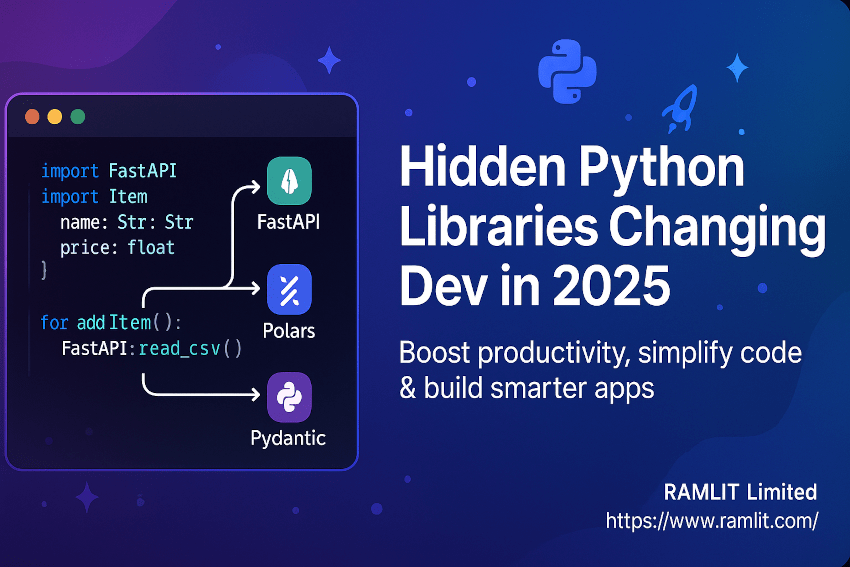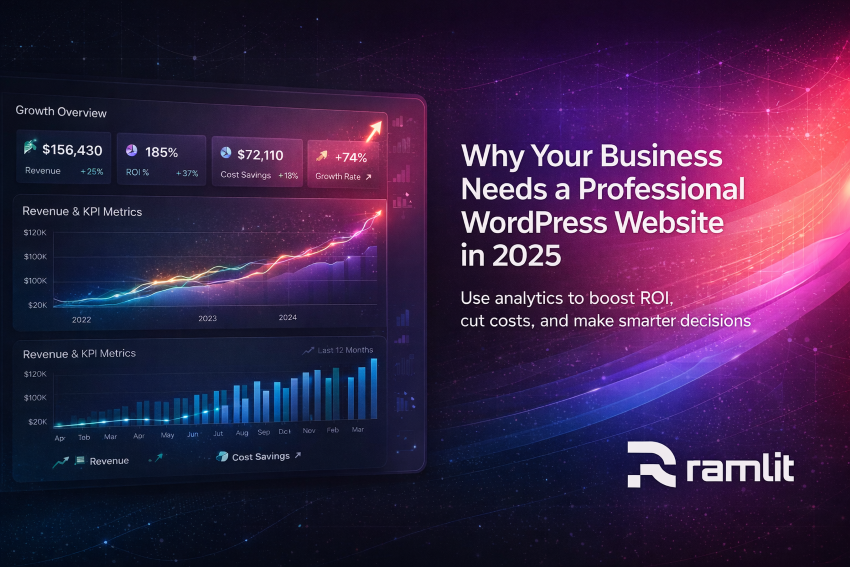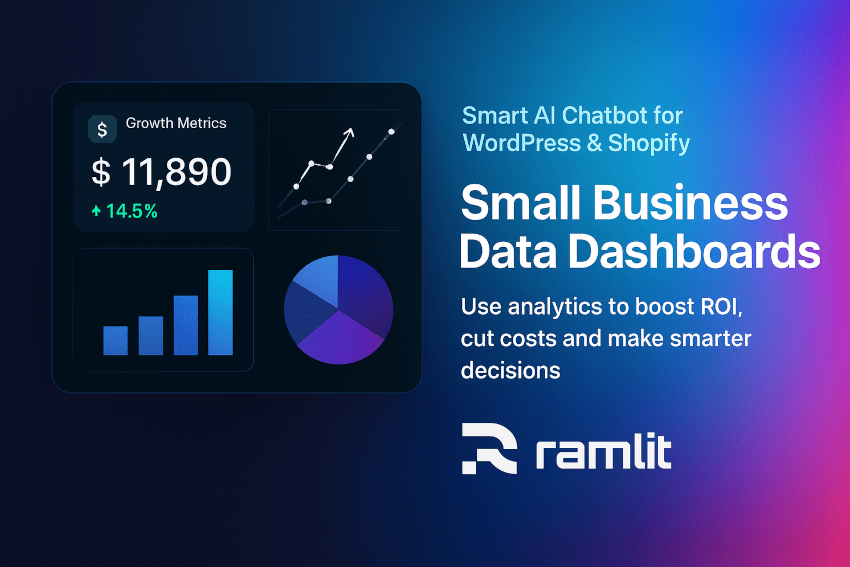🚀 Top Hidden Python Libraries Changing Software Development in 2025
Python has long been a favorite for developers building scalable software, automating workflows, or exploring AI. But beyond the popular giants like NumPy, Pandas, or Django, a wave of powerful but lesser-known libraries is transforming how developers build software in 2025.
If you're looking to speed up your development, write cleaner code, and solve real-world problems more efficiently — these hidden gems are worth adding to your toolbox.
1. Pydantic v2 – Fast, Safe, and Typed Data Handling
Why It Matters: Strict typing meets blazing-fast data validation. Pydantic v2, rebuilt with Rust under the hood, is now the go-to tool for building data models in Python APIs, config files, and more.
Use Case Example:
from pydantic import BaseModel
class User(BaseModel):
id: int
name: str
is_active: bool = True
data = User(id=123, name='Ramlit Dev')
print(data.dict())
✅ Benefits: Boost performance, reduce runtime bugs, and get VS Code linting that just works.
2. Typer – CLI Apps Made Simple
Why It Matters: Typer makes it ridiculously easy to build modern, argument-rich CLI tools with type hints and zero boilerplate.
Use Case Example:
import typer
app = typer.Typer()
@app.command()
def hello(name: str):
typer.echo(f"👋 Hello, {name}")
if __name__ == "__main__":
app()
✅ Perfect for: DevOps automation, developer tools, deployment scripts.
3. Rich / Textual – Build Beautiful Terminals
Why It Matters:
Want dashboards, tables, or live progress bars in your terminal? rich and its companion textual turn your CLI into a GUI-like experience.
Use Case Example (Rich):
from rich.console import Console
from rich.table import Table
console = Console()
table = Table(title="Server Health")
table.add_column("Server", justify="left")
table.add_column("Status", style="green")
table.add_row("api.ramlit.com", "✅ Online")
console.print(table)
4. Polars – The Pandas Killer?
Why It Matters: Polars is a lightning-fast DataFrame library written in Rust with Python bindings. It can handle billions of rows with ease.
Use Case Example:
import polars as pl
df = pl.DataFrame({
"name": ["Alice", "Bob"],
"age": [24, 29]
})
print(df.select(pl.col("age").mean()))
✅ Faster than Pandas in almost every benchmark.
5. Fugue – Write Pandas, Run on Spark or Dask
Why It Matters: Fugue lets you run familiar Pandas code on big data engines without rewriting logic for Spark or Dask.
from fugue import transform
def double(df):
df["x2"] = df["x"] * 2
return df
df = transform([[1],[2]], schema="x:int", pre_partition=[])
print(df)
6. FastAPI (Still Underrated) – Modern Web APIs
Why It Matters: It’s blazing fast, async-ready, type-hint friendly, and powers production APIs around the globe — yet still underrated by some backend devs.
✅ Used by: Netflix, Uber, Microsoft — and maybe your next app.
7. Pendulum – Timezone-Aware DateTime Made Easy
Why It Matters:
Replaces datetime with cleaner syntax and built-in time zone support.
import pendulum
dt = pendulum.parse("2025-07-11T10:00:00", tz="UTC")
print(dt.in_timezone("Asia/Dhaka"))
8. Reflex – Build Web Apps with Pure Python
Why It Matters: React-like frontends, built entirely in Python. No JavaScript, no CSS — just Python.
✅ Great for internal tools, dashboards, admin panels.
9. Hydra – Flexible Configs for AI & Apps
Why It Matters: Manage multiple configuration files, override settings from the command line, and handle complex parameter trees — perfect for ML and app development.
10. IceCream – Better Debugging Output
Why It Matters: Prints both the variable name and value, saving you tons of debugging time.
from icecream import ic
x = 42
ic(x) # Output: ic| x: 42
🧠 Final Thoughts
If you're building anything in 2025 — from scalable SaaS to next-gen AI pipelines — these libraries can give you an unfair advantage. Stay ahead of the curve, write smarter code, and solve your users’ pain points faster.




